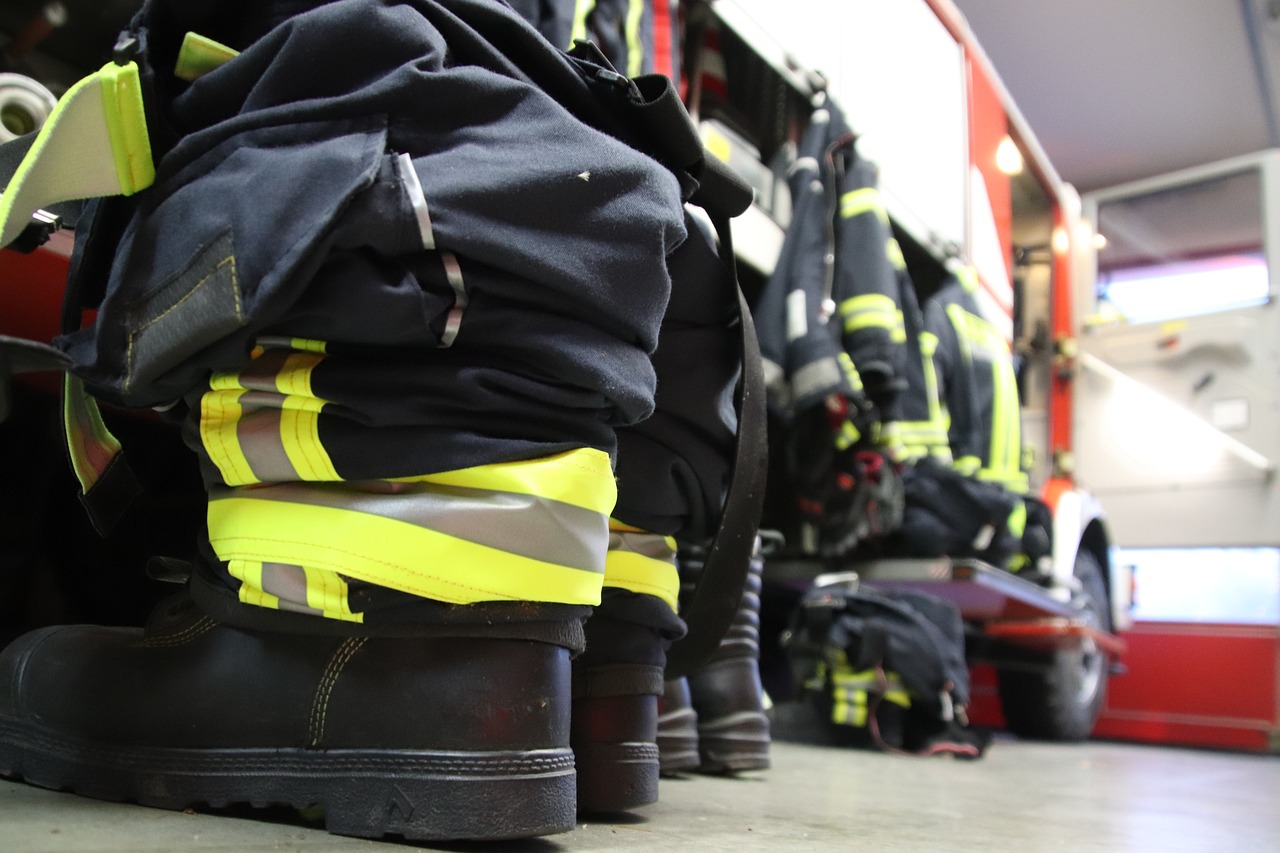Meetings are vital gatherings for communities to come together and address important issues, especially when it comes to fire safety. Hosting a neighborhood fire safety meeting can educate residents on preventative measures, emergency protocols, and overall safety awareness. To ensure these meetings are effective and impactful, careful planning and organization are key. In this step-by-step guide, we will provide you with the necessary tools and tips to successfully host neighborhood fire safety meetings that can make a real difference in keeping your community safe.
Preparing for the Meeting
Identifying Key Factors for a Successful Meeting
The success of a neighborhood fire safety meeting hinges on a few key factors. With thorough planning, clear communication, and active participation from residents, these meetings can be effective in raising awareness and increasing safety measures in the community. After identifying the main goals and objectives for the meeting, it is crucial to gather relevant resources and materials to support the discussion.
- Define clear goals and objectives
- Engage residents in the planning process
- Prepare informative materials and resources
Tips for Organizing the Venue and Materials
With the right venue and materials, the fire safety meeting can be organized effectively. Perceiving the space requirements and ensuring all necessary materials, such as handouts, presentations, and visual aids, are readily available can enhance the meeting experience for all participants. Perceiving the attendees’ needs and accommodating them with comfortable seating and a conducive environment can help in maintaining engagement and focus throughout the session.
- Choose a convenient and accessible venue
- Provide adequate seating and lighting
- Display emergency exits and evacuation routes clearly
Conducting the Meeting
How to Present Fire Safety Information Clearly
Even the most vital information can get lost if not presented clearly during a fire safety meeting. To ensure that attendees absorb and understand the content, use simple language, visuals, and examples that resonate with the community. Organize the information in a logical sequence and provide handouts for reference. Encourage questions and interaction to clarify any doubts.
Engaging the Community: Strategies for Interactive Discussion
You can enhance the effectiveness of your neighborhood fire safety meeting by engaging the community in interactive discussions. Encourage participation by asking open-ended questions, sharing real-life scenarios, and involving attendees in group activities or role-playing exercises. This approach not only reinforces key fire safety messages but also fosters a sense of responsibility and preparedness among residents.
Meeting with your community members in a collaborative and engaging manner can make a significant impact on their understanding and retention of fire safety information. By creating an interactive environment where everyone can contribute their insights and experiences, you can build a stronger sense of unity and proactive safety culture within your neighborhood.
After the Meeting
Follow-Up: Ensuring Continued Community Involvement
All fire safety meetings should close with a plan for follow-up to ensure continued community involvement. This could include sending out meeting minutes, action items, or useful resources discussed during the meeting. Encourage attendees to share what they learned with their neighbors and to actively participate in future fire safety initiatives. Keeping the momentum going after the meeting is crucial for building a strong and resilient community.
Assessing the Impact: Evaluating Meeting Effectiveness
Some time after the meeting, it is crucial to assess its impact to evaluate meeting effectiveness. This can be done through surveys, feedback forms, or by observing any changes in the community’s behavior or practices related to fire safety. By assessing the impact of the meeting, organizers can identify areas of success and improvement for future neighborhood fire safety initiatives.
To ensure the long-term success of neighborhood fire safety efforts, ongoing evaluation and community involvement are key. By following up with attendees and assessing the impact of the meeting, organizers can continue to strengthen the community’s resilience to fire hazards. Effective meetings are just the beginning of a collective effort to keep neighborhoods safe.
To wrap up
So, hosting effective neighborhood fire safety meetings is crucial in ensuring the safety and well-being of your community. By following the steps outlined in this guide – preparing a detailed agenda, inviting key stakeholders, providing educational materials, and facilitating interactive discussions – you can create a setting where residents feel empowered to take action to protect themselves and their neighbors. Remember that communication and collaboration are key elements in fostering a fire-safe community. By coming together and sharing important information, you can help prevent disasters and save lives in your neighborhood. Make it a priority to host these meetings regularly to keep the momentum going and address any emerging safety concerns. Your proactive efforts will have a lasting impact on the preparedness and resilience of your community.


